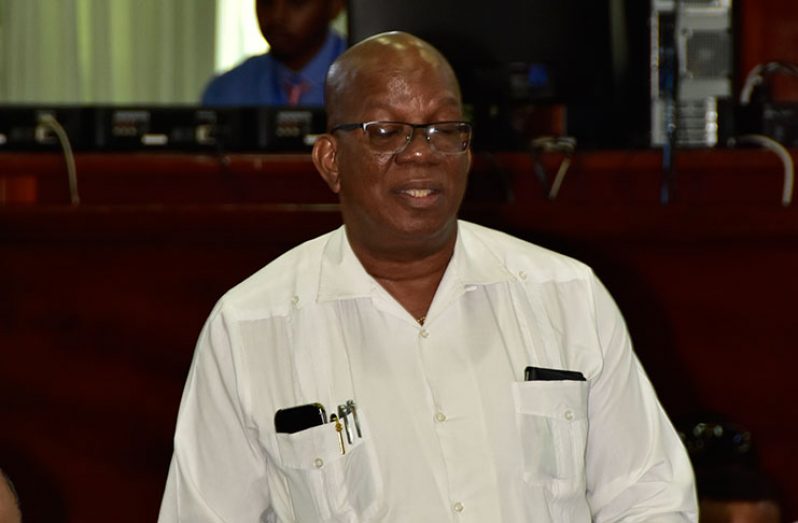A MODERN, consolidated Debt Management Act is on the cards for 2017, Finance Minister Winston Jordan has assured.In the Finance Ministry’s first Public Debt Annual Report 2015, Minister Jordan said the APNU+AFC Coalition Government will continue to invest in a consistent capacity-building plan to development the skill-set needed to effectively implement a comprehensive debt strategy.
Guyana’s total public debt, both external and domestic, stood at $317.7B as at December 2015, reflecting a decrease of 3.6 per cent when compared to its 2014 level. In an effort to remedy the challenges facing the Debt Management Division (DMD), Minister Jordan said, Government, through the Finance Ministry, would be building on six primary areas.
“There are at least six main areas where Guyana hopes to improve its debt management capacity: institutional and legal frameworks; debt strategy formulation; self-assessment; operational risk management; and debt negotiations,” the Finance Minister stated. For this reason, he said, the Ministry will be seeking to have the National Assembly’s support in putting into effect a Debt Management Act.
“The Government keeps in mind that good public debt management builds a strong public finance infrastructure that supports our national development. Strong public finance infrastructure fosters macroeconomic stability, which is the cornerstone for the achievement and sustainability of a good life for all,” he said.
As such, he said, the developments being propelled by the Finance Ministry — and by extension the Government — seek to usher in a new era in public debt management that would entrench and promote prudent and sound debt management practices.
Finance Secretary Dr. Hector Butts, for his part, said modernisation of the legislation would be treated as a matter of priority.
“The Government intends to review and modernise its legislation with a view to enacting a Public Debt Management Act that incorporates the articulation of a high-level debt management objective; the requirement to formulate a debt management strategy; and the mandatory reporting to Parliament on debt management activities, including the outturn of the debt management strategy,” he explained.
As at December 2015, total external debt amounted to $236B, or 74.3 per cent of total public debt; while domestic debt stood at $81.7B.
“This decrease was largely due to repayments of the oil debt to Venezuela in the form of rice and paddy shipments to Venezuela. Guyana concluded two Debt Compensation Agreements with Venezuela in 2015, for a total of US$88.7M. One debt compensation agreement for US$43.8M is yet to be signed,” the report further explained.
In the area of Public Domestic Debt, the country’s debt stock was estimated at $81.7B as at the end of 2015, representing an increase of 4.2 per cent when compared to $78.4B at the end of 2014.
“The increase in the public domestic debt stock was mainly due to the increase in issuance of Treasury bills (T-bills), causing the stock of T-bills to increase by 4.4 per cent. In 2015, the issuance of 91-day T-bills and 364-day T-bills rose by 27.0 per cent and 8.6 respectively.”
During the period under review, 2011-2015, the “total public debt fluctuated, peaking at its highest level in 2012 at $371.3B, before gradually declining to its lowest level in 2015,” the report pointed out.
It was also explained that the increase in debt during 2012 was as a result of disbursements from the country’s external creditors.




.jpg)










